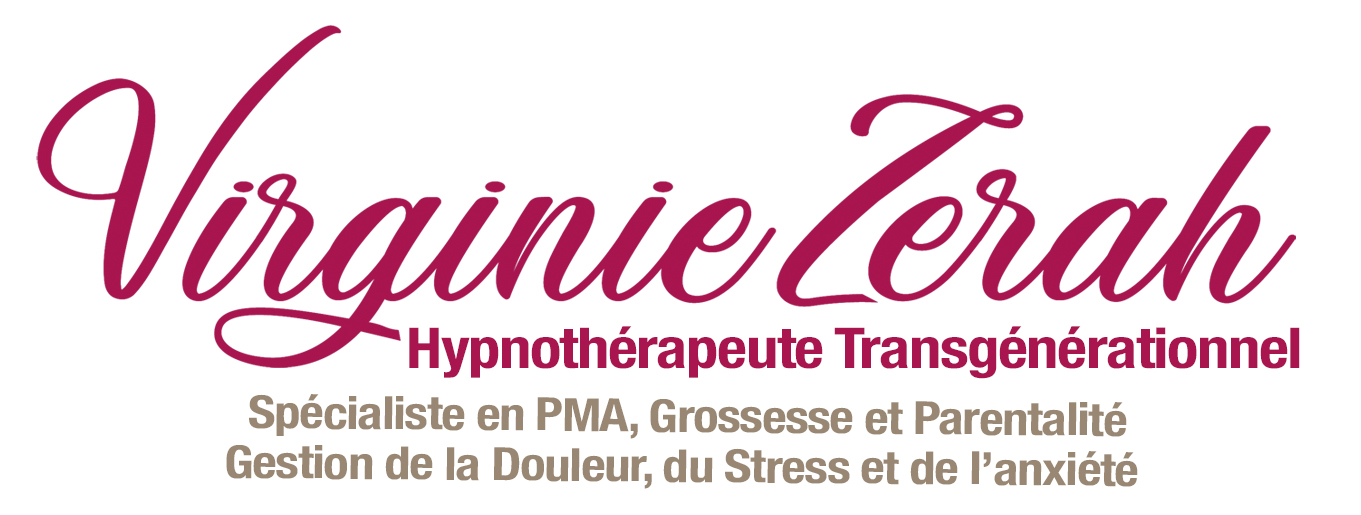
Month 5
In the 20th week, your fetus is about 10 inches long and weighs around 9 oz.
Its sensory perception is getting better and better.
All the senses develop in a very specific order. Touch comes first, then smell, taste, hearing and vision.
The sense of touch is already quite developed at the beginning of the fifth month.
Touch, which includes tactile sensation and skin sensitivity, is emerging. The fetus feels the movement of the amniotic fluid surrounding it. When you or the father place your hand on your belly, it can sense and observe the changes in pressure. At 11 weeks, the fetus already has tactile receptors all over its face, palms, and bottoms of the feet. At 20 weeks, the entire body, including mucous membranes, can react to touch.
Haptonomy is a childbirth preparation technique where the father is involved by using things like touch to make contact with the baby throughout your pregnancy.
When it comes to sounds, hearing is the fetus’s keenest sense because it has been lulled since conception by the noises of the mother’s body: digestion, circulation and heartbeat. It has an inner ear that first detects high-pitched sounds. The eardrums are fully developed in the sixth month. It uses them to hear and even actively listen. At this stage, the ears are so perceptive that they can pick up sounds from outside the womb. Researchers have even proved that fetus’s are sensitive to changes in the vocal rhythms and intonations that reach their ears. Hearing their father is also a great pleasure. Experiments performed at birth have shown they can perfectly distinguish their mother’s voice out of all other female voices.
Vision is the sense babies have the least opportunity to make use of while in utero.
Here’s a little rundown of your baby at 17 weeks:
Eyes: The eyelids are there, but it won’t open them until the 26th week.
It has tiny little hairs all over its face and body, a thin layer of peach fuzz called lanugo.
You can clearly see the sex organs and finally be able to tell if it’s a boy or a girl!
It has a lean body with little or no subcutaneous fat, and its skin it a bit wrinkly. The arms are quite long, and the hands can touch each other. Through its skin, you can see the calcified bones in the legs. The rest of the skeleton is still made of soft cartilage. The head still makes up one-third of the length of the body. The brain is protected by a skull bone that is not yet fused. The large soft gaps called fontanels last until the child is two years old.
The placenta keeps getting larger as the uterus grows, and takes up more and more space.
The thick uterine wall muscle has stretched, and the mother’s uterus starts pressing on the internal organs.
At 20 weeks of pregnancy, you are already halfway through your pregnancy. We usually count about 37-40 weeks of pregnancy from the last day of your period. Nevertheless, the length of a pregnancy can vary from one women to the next.
- Your changes: At 20 weeks of pregnancy, the upper part of the uterus is already at your belly button. Your skin begins to stretch, and the internal organs squeeze together to give the uterus more room as it continues to grow. Remember to drink a lot of liquids and moisturize your skin to help prevent stretch marks. You begin walking with a slightly heavier gait. You are gradually entering motherhood, but don’t forget to keep being a woman and take care of yourself. You are much more in contact with your fetus, which is moving now, and you can feel it more and more. This is the time to choose the childbirth preparation method that is best for you, one that is easy for you to do with or without your partner
– the choice is yours. It’s also the time to begin thinking about your childbirth plan, which you’ll fine-tune little by little according to what you want, people you meet and answers to your questions.
- Third prenatal exam
- Second sonogram
- Ask your supplemental health insurance company about coverage for your maternity leave. Inform your health insurance fund (caisse d’assurance maladie) if you’re expecting a multiple birth.










